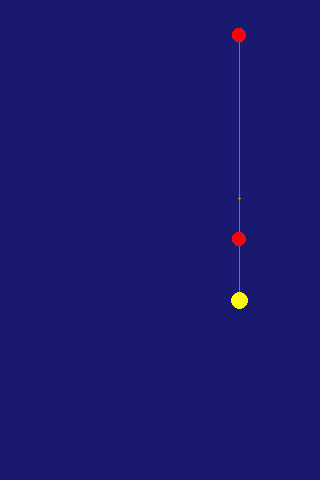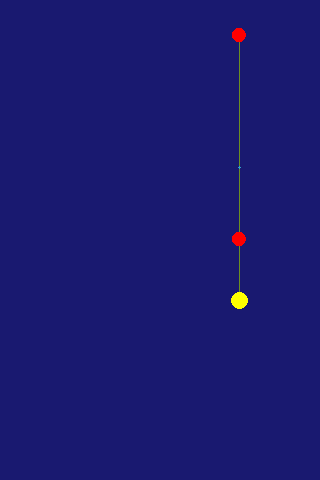| Part V |  |




e Cos LNM - e2
| HT = | 1 - e Cos LNM
| |
Cos LNM - e
| LH = | 1 - e Cos LNM
| |
| Cos 30° - .09265 | .866025 - .09265 | .773375 | ||||||||||
| LH = | = | = | =.84084
| 1 - .09265 Cos 30°
| 1 - .09265 .866025
| .919763
| |

But given the mean anomaly, there is no geometrical method of proceeding to the equated, that is, to the eccentric anomaly. For the mean anomaly is composed of two areas, a sector and a triangle. And while the former is numbered by the arc of the eccentric, the latter is numbered by the sine of that arc multiplied by the value of the maximum triangle, omitting the last digits. And the ratios between the arcs and their sines are infinite in number. So, when we begin with the sum of the two, we cannot say how great the arc is, and how great its sine, corresponding to this sum, unless we were previously to investigate the area resulting from a given arc; that is, unless you were to have constructed tables and to have worked from them subsequently.(pp. 600-1)
This is my opinion. And insofar as it is seen to lack geometrical beauty, I exhort the geometers to solve me this problem:
Given the area of a part of a semicircle and a point on the diameter [the sun, here], to find the arc and the angle at that point, the sides of which angle, and which arc, encloses the given area. Or, to cut the area of a semicircle in a given ratio from any given point on the diameter.It is enough for me to believe that I could not solve this a priori, owing to the heterogeneity of the arc and the sine. Anyone who shows me my error and points the way will be for me the great Apollonius.
| Part V |  |